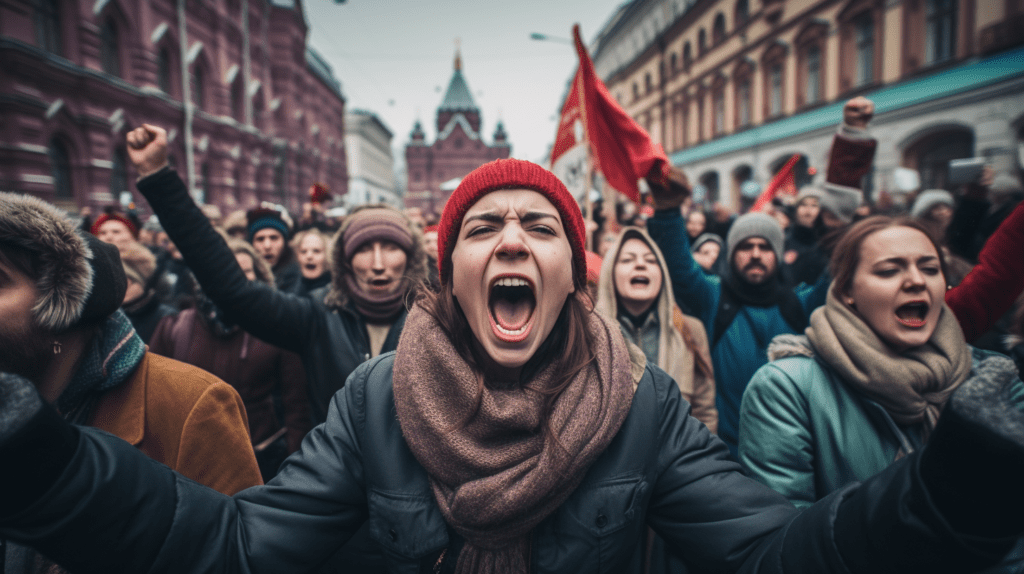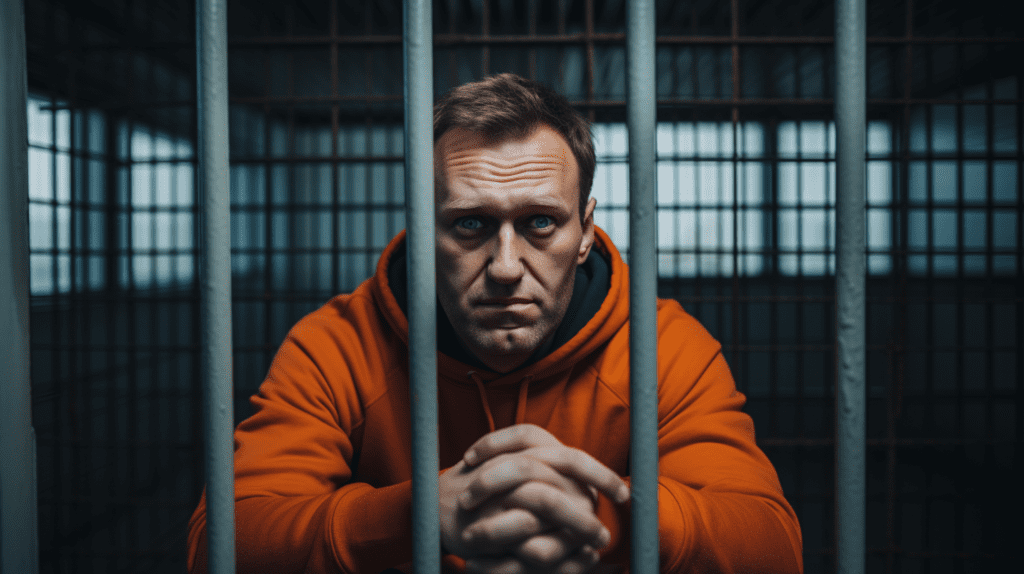The Snow Revolution was a series of popular protests beginning in Moscow in 2011, demanding the reinstatement of free elections, the ability to form opposition parties, and the end of massive state corruption. The protests were sparked by claims of electoral fraud in the 2011 Russian parliamentary elections and were further fueled by Vladimir Putin‘s announcement that he would seek a third presidential term.
Tens of thousands of Russians took to the streets in Moscow and other cities, marking the largest public demonstrations since the fall of the Soviet Union. Hundreds if not thousands of protestors were detained on the first day of action (Dec 5), continuing over the next 2 years as punishments grew increasingly harsh and more activists were sent to penal colonies.

The role of social media in the Snow Revolution
The protests were notable for their use of technology and social media, which played a crucial role in organizing and spreading awareness. This was a new phenomenon in Russian political activism, reflecting the influence of the digital age on political movements.
One of the leaders of the Snow Revolution, Alexei Navalny, emerged as a serious rival to Putin’s rule. In 2020 the Russian dictator had the popular blogger-turned-political leader poisoned with the powerful nerve agent novichok. He was treated in Germany and managed to survive, only to voluntarily return and be thrown into prison indefinitely by the Russian state.

Aftermath of the Snow Revolution
The Russian government responded with a mix of concessions and repressions. While some dialogue was opened with opposition figures, and a few electoral reforms were promised, there was also a significant crackdown on protesters, opposition leaders, and non-governmental organizations, especially those receiving foreign funding.
The Snow Revolution did not lead to immediate substantial political change in Russia. Putin was re-elected in 2012, and the United Russia party maintained its dominance. However, the movement had a lasting impact on the Russian political landscape. It exposed the growing divide between the government and a significant segment of the population, particularly among the urban, educated middle class. It also demonstrated a rising discontent with authoritarian governance and a growing awareness and engagement in political processes among the Russian public.
The Snow Revolution marked a significant moment in modern Russian history, highlighting the power and limitations of protest movements in challenging entrenched political systems.
Comments are closed.